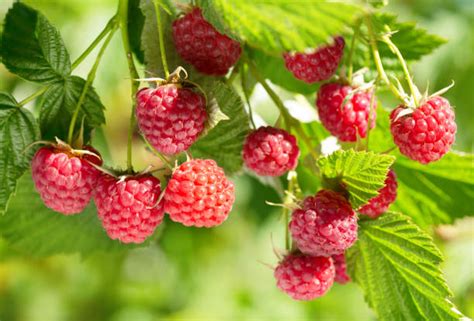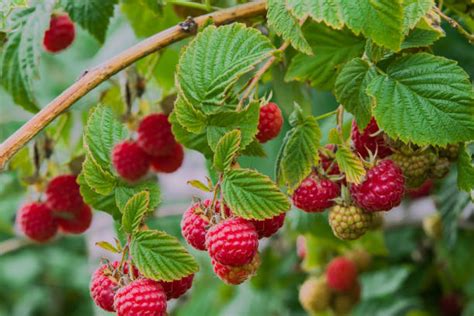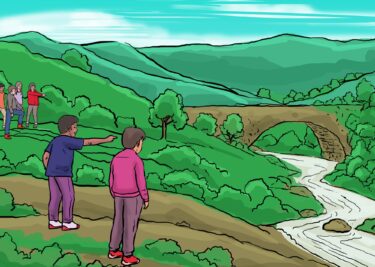Raspberry: the go-to for discomfort


Image credits: iStock
Menstrual cycles have been part of womanhood since the beginning of time. Although it was not until the ancient civilisation era that information on menstrual hygiene was shared – but that’s a story for another day. A known facet of menstruation is dysmenorrhea: the lower abdominal pain experienced just before or during menstruation. It is also known as painful periods, and even more commonly called cramps.
Cramps may seem like a ‘modern’ ailment, but in truth, because they are tied to menstrual cycles, they have been part of menstruating women’s lives for as long as women have had a uterus – basically forever. The question then becomes how our female ancestors dealt with this sometimes excruciating pain every month.
Rubus idaeus is a plant species known to grow in temperate regions. In present day Kenya, this plant was found growing wildly and was especially attractive because of its fruit, raspberries. With various herbs tried and tested by an assortment of medicine men and women, the raspberry leaf was eventually discovered to be the significantly decrease menstrual cramps. The leaves were often chewed or added to hot water, and menstruating women would benefit in two ways: a reduction in menstrual cramps and heavy menstrual flows. The larger outcome was of course a happy and healthy woman, because the raspberry leaves toned the uterine muscles, easing blood flow. As such, women were advised to chew leaves and drink the tea as often as possible.
The medicinal value of this plant was extended to expectant women. As soon as they learned they were pregnant, they were instructed to drink the tea daily. This would have the same benefits to their uterine walls, as well as control excessive blood flow during deliveries.
To make the tea, fresh leaves were crushed and added to hot water. In this simple method, the tea was accessible to every woman. And today, this could medically be seen as a uterine tonic. However, the community found to have made use of raspberry leaves and the plant in general are the Luo. If there was a surplus of dried raspberry leaves, they were still useful in the treatment of wounds, sores, and snakebites.
The foremothers of our past may not have known it then, but they were the genesis of a generation of wellness.
Speaking of wellness, have you experienced the greatness of raspberry leaf tea? Have any of the women in your life – grandmothers and great grandmothers – shared their respect for this dawa?




3 Comments
[…] them is raspberry, which has been used by the Luo community to treat menstrual cramps and heavy menstrual flows […]
[…] them is raspberry, which has been used by the Luo community to treat menstrual cramps and heavy menstrual flows […]
[…] them is raspberry, which has been used by the Luo community to treat menstrual cramps and heavy menstrual flows in […]